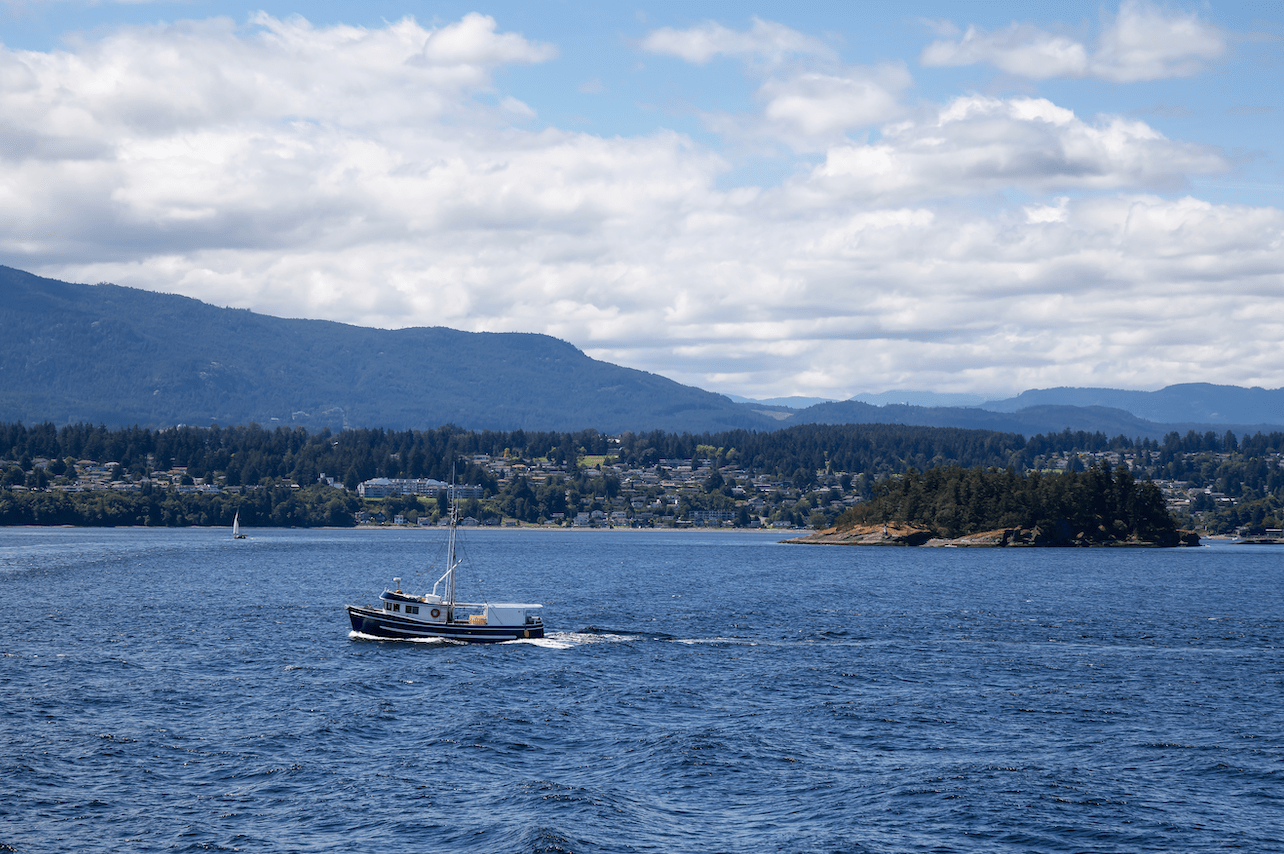
DUNCAN – According to BC Check-Up: Live, an annual report by the Chartered Professional Accountants of British Columbia (CPABC) on demographic and affordability trends across the province, Vancouver Island and Coast (excluding the Capital Regional District) added 5,466 new residents in 2021, bringing the total population to 461,520 residents
“Like for the rest of the province, the pace of population growth slowed across Vancouver Island in 2020 as the COVID-19 pandemic disrupted migration patterns,” said Woody Hayes, FCPA, FCA. “That slowdown appears to have been short-lived, with a rebound underway as the region attracts a growing number of residents from other parts of the country.”
The region’s population grew by 5.2 per cent between 2017 and 2021, averaging nearly 6,000 new residents per year over the period. While international migration remained down in 2021, the region gained a net of 3,928 new residents from other provinces, and 3,981 from other parts of the province. Natural growth rate (births minus mortalities) continued to offset population growth, with mortalities nearly 2,300 higher than births in 2021.
“Welcoming new residents to Vancouver Island is critical as our population continues to age, with a quarter of our population aged 65 years or older,” continued Hayes. “As more people retire, the significant labour shortages we are already facing will only worsen if we do not attract new residents.”
Vancouver Island’s average age was 45.9 in 2021, well above the 42.8 provincial average, and up by 2.1 years compared to 2011. Over a quarter (25.3 per cent) of the region’s population was aged 65 or older in 2021, compared to less than a fifth (19.5 per cent) in 2011.
“At one point, our region’s housing prices were attractive for potential immigrants and those looking to start a family,” noted Hayes. “However, that comparative advantage has weakened as housing prices have grown across the Island, and buying power has further eroded with recent interest rate increases. And while housing construction has been robust, it has lagged population growth.”
Across Vancouver Island, the average single-family home sold for $855,300 in May 2022, up from $656,800 in May 2021 (+30.2 per cent) and $518,600 in May 2020 (+64.9 per cent). The average price for an apartment sold in May 2022 was $446,100, up by 36.2 per cent from May 2021 and 61.2 per cent from May 2020.
Over the past five years, Vancouver Island and Coast’s (excluding the Capital Regional District) population grew by almost 30,000, compared to about 11,500 residential units completed over the same period. The 2,503 units completed in 2021 was down from the record of 2,898 in 2020, but above the 1,728 average from 2010 to 2019.
“While there has been inadequate supply growth, there was an uptick in developments in 2020 and 2021,” concluded Hayes. “However, this uptick was primarily smaller attached units, while demand has been far stronger for larger units. Our region needs to further encourage housing development to improve affordability, and ensure that we are promoting policies which boost our economic outlook and income of residents. We also need to minimize cost increases from new regulations, such as from requiring deconstruction of old stock prior to a new build.”
To read the full report, see: BC Check-Up: Live Report
@bccpa.ca

